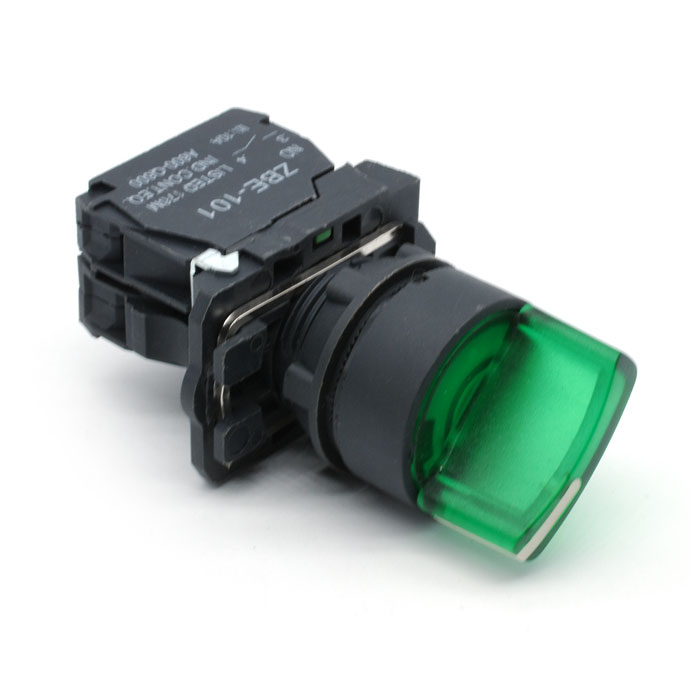Push button light switches are usually safe under normal use conditions. The following analyzes their safety from multiple angles and provides relevant suggestions:
1. Safety analysis
Design and structure:
Mechanical structure: Push button switches usually use springs or lever mechanisms to open and close, and the design avoids the risk of electric shock. Its shell is mostly made of insulating materials, which can effectively prevent leakage.
Electrical clearance and creepage distance: Switches that meet safety standards will ensure sufficient electrical clearance and creepage distance in the internal circuit layout to prevent arcing or short circuits.
Electrical performance:
Rated voltage and current: Qualified push button switches will clearly mark the rated voltage and current. Users need to ensure that the rated parameters of the switch match the circuit to avoid overload.
Insulation resistance and withstand voltage: The product should pass the insulation resistance test and withstand voltage test to ensure that there will be no leakage or breakdown under normal and abnormal conditions.
Safety certification:
International certification: Certification marks such as UL (USA), CE (EU), CCC (China), etc., indicate that the product meets relevant safety standards.
Standard compliance: Complies with international standards such as IEC 60669-1 (switches for household and similar fixed electrical installations).
2. Potential risks and preventive measures
Improper installation:
Risk: If the wiring is wrong or not tightened, it may cause short circuit, overheating or even fire.
Prevention: It should be installed by a professional electrician to ensure that the wiring is correct, firm, and in compliance with local electrical regulations.
Use environment:
Wet environment: In wet areas such as bathrooms and kitchens, ordinary push-type switches may pose safety hazards, and waterproof types (such as IP65 and above) should be selected.
Flammable and explosive places: Explosion-proof switches must be used to avoid accidents caused by electric sparks.
Product quality:
Poor quality products: There may be problems such as material resistance to high temperature and poor insulation performance, which increase safety risks.
Prevention: Choose well-known brands, check product certifications, and avoid purchasing three-no products.
Maintenance and aging:
Long-term use: The internal contacts of the switch may wear out, resulting in poor contact or heating.
Prevention: Check the switch status regularly and replace it in time if abnormalities (such as heating or abnormal noise) are found.
3. Usage suggestions
Choose compliant products:
Confirm that the product has relevant safety certification when purchasing, and check the technical parameters in the manual.
Proper installation:
Ensure that the switch is installed in a dry and ventilated location, avoid direct sunlight or high temperature environment.
Disconnect the power supply when wiring, and operate according to the manual or electrician's instructions.
Regular inspection:
Check the appearance of the switch for damage, deformation, and smooth operation every month.
Stop using it immediately if any abnormality is found, and contact a professional for repair.
Child safety:
If there are children at home, choose a switch with a protective cover, or use a smart switch (such as APP control) to reduce direct operation.
